When it comes to purifying water, boiling is one of your most convenient options.
However, when you’re stuck in your small home during a disaster and utilities are shut off, starting a wood-burning fire in your kitchen just to boil water may not be such a great idea.
Having a plan B matters in this case and as a backup plan in purifying water, you’ll need bleach.
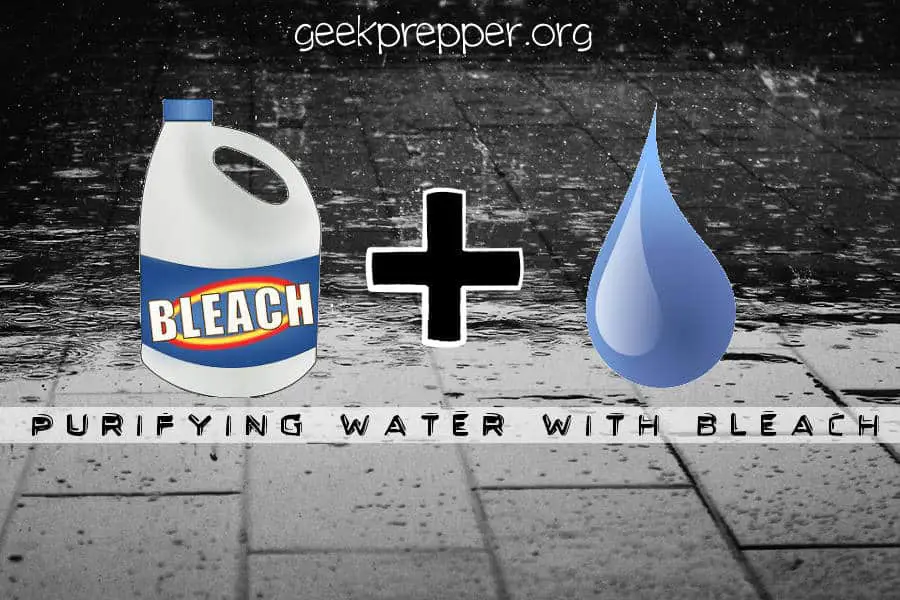
| Quick Navigation The Right Type of Bleach to Use Can you use concentrated bleach? Can You Drink Too Much Bleach? How to Purify Water with Bleach |
Is It Safe to Drink Bleach?
There are a lot of ways drinking bleach can go wrong if specific precautions are not taken. If carelessly consumed, your mouth, esophagus, and stomach will burn and you’ll have chest pain, nausea, delirium, and low blood pressure. Drinking bleach can potentially cause death, too.
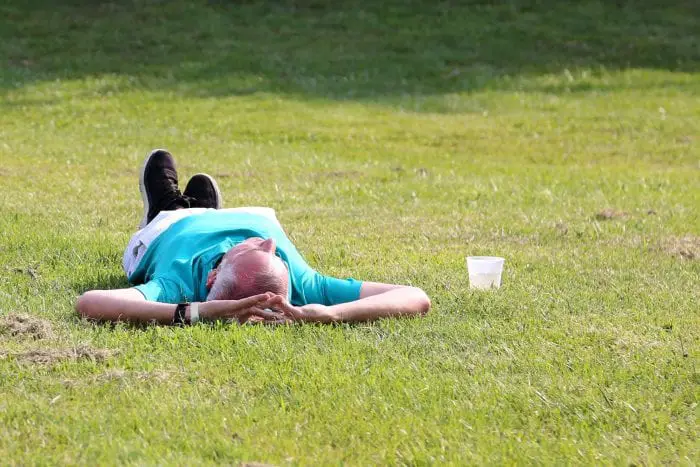
But here’s the catch: Drinking undiluted bleach can definitely kill you but adding bleach to water won’t. It’s actually a safe and effective way to make drinking water. How?![]()
Your standard household chlorine bleach will kill almost all types of pathogens upon contact, so adding the right amount of it, measured carefully, can make water potable.
The Right Type of Bleach to Use
 Purifying water with bleach is safe if you follow the proper guidelines and use the correct type of bleach.
Purifying water with bleach is safe if you follow the proper guidelines and use the correct type of bleach.
Despite the various fragrances and extra ingredients in bleaches today, you only need to focus on two classifications- chlorine and non-chlorine.
For disinfecting water, you need a regular chlorine bleach that’s unscented. It needs to have an active ingredient that’s between 6 and 8.25% of sodium hypochlorite
Can you use concentrated bleach?
It doesn’t really matter. As long as your bleach contains 8.25% sodium hypochlorite, it should be good to use for purifying water.
As much as possible, stick with unscented varieties. By avoiding additional ingredients such as perfumes, clarifiers, dyes and other additives, you won’t have to worry about ingesting extra chemicals.
You can always buy water purification, if you fear the “do it yourself” method. If you need a portable solution there is the LifeStraw, which can filter up to 1000 liters (264.172 gallons) of water and the Sawyer Mini, which can filter up to 378,541 liters (100,000 gallons).
Can You Drink Too Much Bleach?
Experts suggest that your drinking water should have no more than 4 parts per million (ppm) chlorine. In comparison, your municipal water has about 0.2 to 0.5 ppm chlorine.
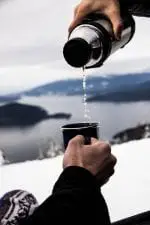 A word of caution:
A word of caution:
Adding too much bleach to your water can harm your digestive system. If you add too little, the bacteria in your water remain and they can easily make you sick.
Considering that, you have to get the right balance.
As a guide from the United States Environmental Protection Agency, if you will be adding 8.25% sodium hypochlorite bleach to your water, you’ll need two drops per quart or liter of water. If you’re purifying a gallon of water, you’ll need 6 drops of the bleach.
To simplify, the ratio is 2 drops of bleach for every liter of water.
See the reference chart in the next section below for more safe water to bleach ratios
How to Purify Water with Bleach
Purifying water using bleach isn’t something you should try the first time in the middle of a crisis. As part of the preparation, you should experiment with it now. This way, you’ll be able to master the technique.
Before you actually start the process, you must first gather your supplies. Start with the water you want to treat. It can be water from the lake, river, tap, or even from rainfall you’ve collected. Do not start drinking bacteria-laden water straight from the river or pond. You need to clean it first.
You have the option to filter your water first before treating it. You can use towels or even coffee filters for this.
Then, prepare your bleach, measuring tool, and containers. As much as possible, use a fresh bottle of bleach.
If you only have a used bottle of bleach, make sure that it has been stored at room temperature for no more than a year.
Bleach can degrade at a rate or 20% per year until the solution is no more than just water and salt. Once it reaches that point, it won’t be able to kill pathogens in water.
- Place the water (filtered, if necessary) in a clean container. You can use coffee filters, or towels/shirts to filter the water prior to treating it with bleach.
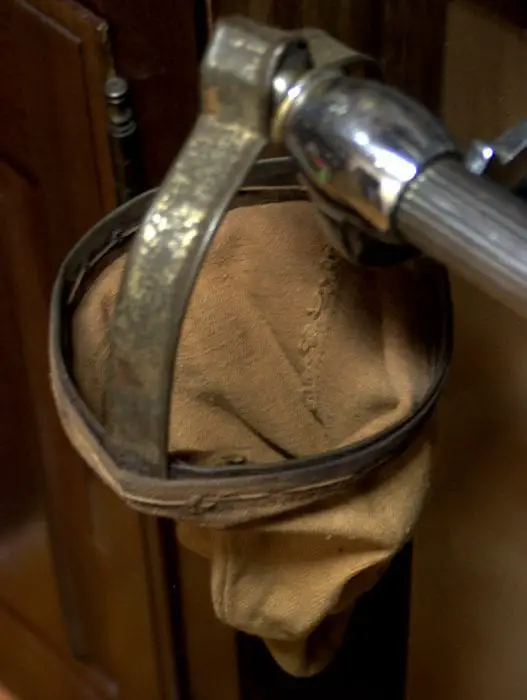
- Then boil the water for five minutes to clear out all the nasty pathogens and bacteria that would have a negative impact on your digestive system.
- Add the amount of bleach according to the table below.
- Mix thoroughly and allow the water to stand for at least 30 minutes before using (60 minutes if the water is cloudy or very cold).
| Treating Water with a 6-8.25% Percent Liquid Chlorine Bleach Solution | ||
| Volume of Water | Bleach Solution to Add (Clear water) |
Bleach Solution to Add (Cloudy, Very Cold) |
| 1 quart/1 liter | 2 drops | 3 drops |
| 1/2 gallon/2 quarts/2 liters | 4 drops | 8 drops |
| 1 gallon | 1/8 teaspoon | 1/4 teaspoon |
| 5 gallons | 1/2 teaspoon | 1 teaspoon |
| 10 gallons | 1 teaspoon | 2 teaspoons |

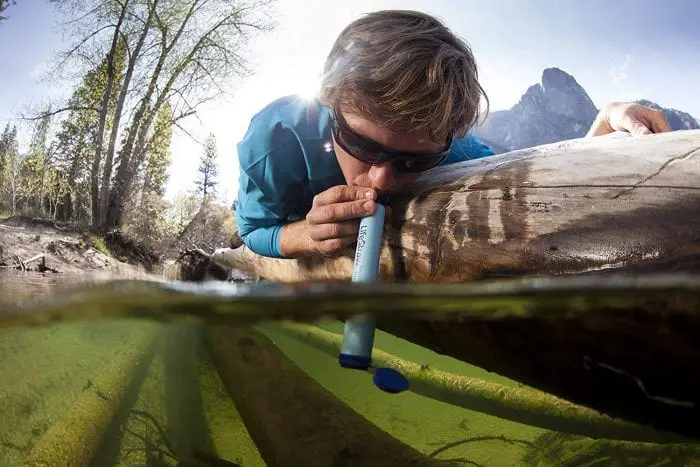
This is really interesting. Thanks for posting it. By the looks of the comments, many others think so too.
I just bought calcium hypochlorite on amazon. bottled bleach from the grocery store only lasts 4 months. with the powder, I can mix only the amount I need for household cleaning and purifying water as I store it. thanks for the chart with the correct measurements.
I have a lifestraw for on the go and plan to boil water at home. Bleach’s short life span and toxicity kill it for me